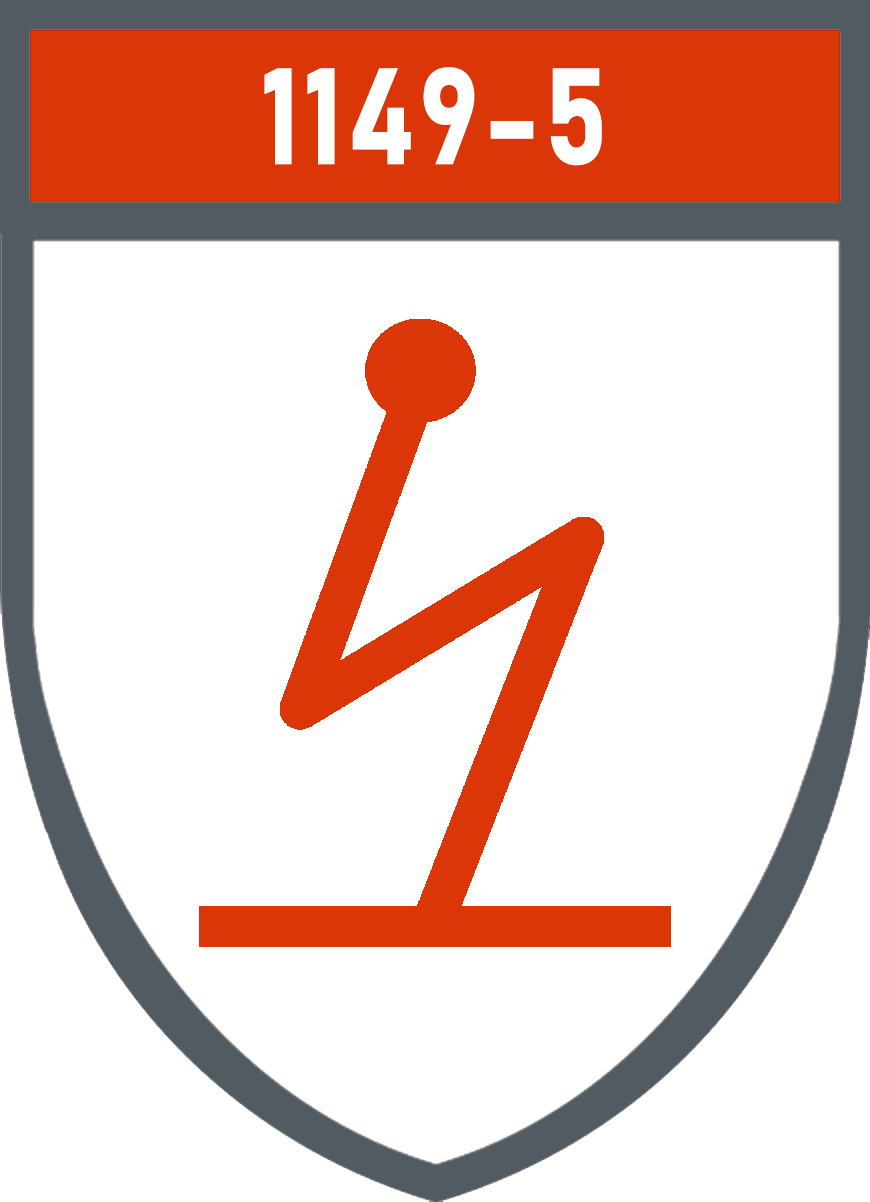-
CATALOGS
KEY ACCOUNTS
-
-
Click for more products.
No products were found.

Category 2 PPE: significant risks
This protection is effective in preventing explosions. It prevents dangerous sparks from igniting in explosive atmospheres (ATEX Zone).
The garment is made from a material containing carbon fibres, either in the form of a grid or an intimate blend. The carbon regulates electrostatic charges by gradually diffusing them throughout the material.
These electrostatic charges are then dissipated via the wearer's body, flowing to earth when the wearer is connected to ground via appropriate connectors. PPE must therefore be connected to earth and its electrical continuity must be ensured by contact with the skin. It must be used with a conductive or electrostatic dissipative floor and conductive footwear with a resistance of less than 1.108 ohms.
With this 1149-5 standard, there are two additional concepts:
In special manufacturing areas, such as clean rooms, even a minimal discharge can destroy an electronic component, which is why this protection can be important.
The employer must identify areas of the workplace where explosive atmospheres may form: An explosive atmosphere (ATEX) is a mixture of air and flammable substances in the form of gases, vapours or dust in which, after ignition, combustion spreads to the entire unburned mixture.
PPE for entering an ATEX zone must therefore comply with two standards:
This PPE (compliant with standards 1149-5 and 14116 or 11612) can be worn in the following ATEX zones: 1, 2, 20, 21 and 22.
It must not be used in oxygen-enriched atmospheres or in zone 0 without the prior approval of the safety officer.
Gas / Vapors | Zone 0 1,000 hours/year | Explosive atmosphere present continuously or for long periods during normal operation = permanent, long-term, or frequent danger |
Zone 1 Between 10 and 1,000 hours/year or more | Explosive atmosphere occasionally present during normal operation = occasional hazard | |
Zone 2 Less than 10 hours/year | Explosive atmosphere present accidentally, in the event of malfunction or for short periods = rare or short-term hazard | |
Dust | Zone 20 1,000 hours/year | Explosive atmosphere present continuously or for long periods during normal operation = permanent, long-term, or frequent danger |
Zone 21 Between 10 and 1,000 hours/year or more | Explosive atmosphere occasionally present during normal operation = occasional hazard | |
Zone 22 Less than 10 hours/year | Explosive atmosphere present accidentally, in the event of malfunction or for short periods = rare or short-term hazard |
CATALOGS
KEY ACCOUNTS
Please sign in first.
Sign in
Create a free account to save loved items.
Sign in